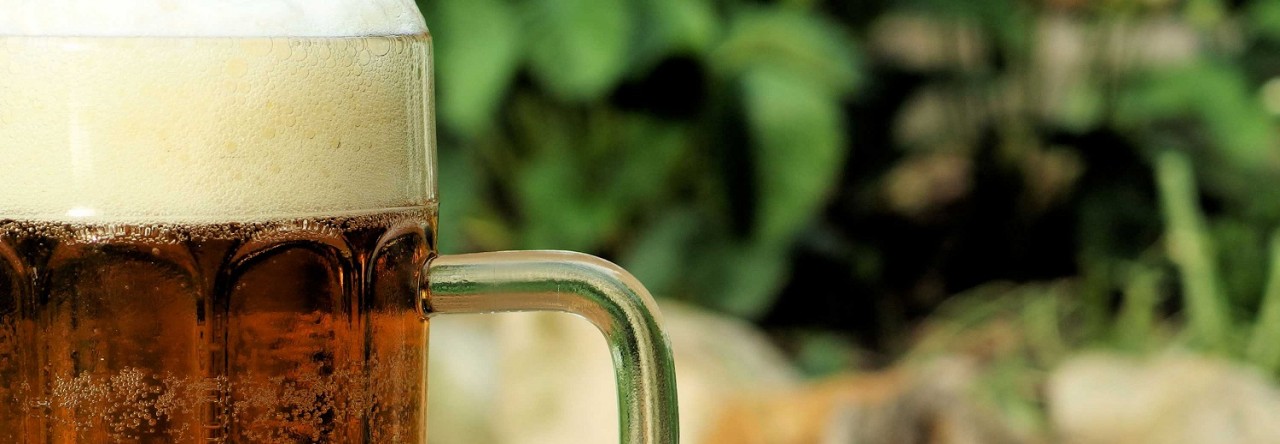These Brew Dudes continue their quest for homebrewing knowledge. For our sixteenth round in the Jar of Destiny beer style challenge, we went back to that trusty container loaded with every style from the 2015 BJCP guidelines. As always, we reach in, pull out a style at random, and agree to brew it. No whining, no swaps (okay, maybe one or two in four years, but the Jar keeps us honest).
This round delivered a real “back to basics” moment: I drew 1C – Cream Ale, and Mike landed on 20B – American Stout. On the surface, it’s a classic American showdown—light and crisp vs. bold and roasty. Let’s break down our picks and what we’re each planning as we head into brew day.
My Pick: 1C – Cream Ale
This one is a real throwback for me. Cream Ale was one of the very first beers I tried to brew when I got into homebrewing (we’re talking mid-2000s territory here). It’s a style that doesn’t get a ton of love in the craft world, but when it’s done right, it’s clean, refreshing, and dangerously drinkable.
For this batch, I’m planning to keep it classic:
Grain Bill: Mostly American 2-row with a good portion of flaked corn for that signature dry finish
Hops: Liberty hops for a gentle bitterness and some mild floral notes
Yeast: Clean American ale yeast (or possibly a hybrid/lager strain)
Stats: OG ~1.048, FG ~1.010, 18-22 IBU, 4.7-5.2% ABV
The real challenge with Cream Ale isn’t complexity. It’s getting a flawless, crisp pint that you want to reach for again and again. I haven’t brewed this style in nearly a decade, so I’m curious to see how my approach has changed. Wish me luck getting that “just right” balance of simple and satisfying.
Mike’s Pick: 20B – American Stout
Mike pulled the dark side of the coin with American Stout. It’s a style that, to be honest, isn’t always in his comfort zone. Traditional American Stout is pretty hop-forward, with big roast and a punch of bitterness. Not always Mike’s go-to, but that’s the spirit of the Jar. He’s going to try what you might not brew otherwise.
His plan is to dig into the challenge, dialing in the roast and bitterness while still aiming for balance. With cooler months ahead, a hearty stout might hit the spot, even if Mike is more of a “light lager” guy most days. As always, we’ll see what surprises come out of the brew kettle.
What’s Next?
The best part starts now. Over the next month or so, we’ll each be working up our best shot at these classic American styles. Once both are brewed and ready, we’ll meet up, taste, compare, and nitpick the results. The Jar has a way of keeping us on our toes and pushing us to improve with every pick.
Wish us luck on this round! Let us know in the comments if you’ve brewed a Cream Ale lately, and tell us your favorite American Stout recipe or memory. As always, keep brewing, keep experimenting, and always respect The Jar.
BREW ON!
Check out the First Pick and the start of it all!
Check out the Second Pick
Check out the Third Pick
Check out the Fourth Pick
Check out the Fifth Pick
Check out the Sixth Pick
Check out the Seventh Pick
Check out the Eighth Pick
Check out the Ninth Pick
Check out the Tenth Pick
Check out the Eleventh Pick
Check out the Twelfth Pick
Check out the Thirteenth Pick
Check out the Fourteenth Pick
Check out the Fifteenth Pick
